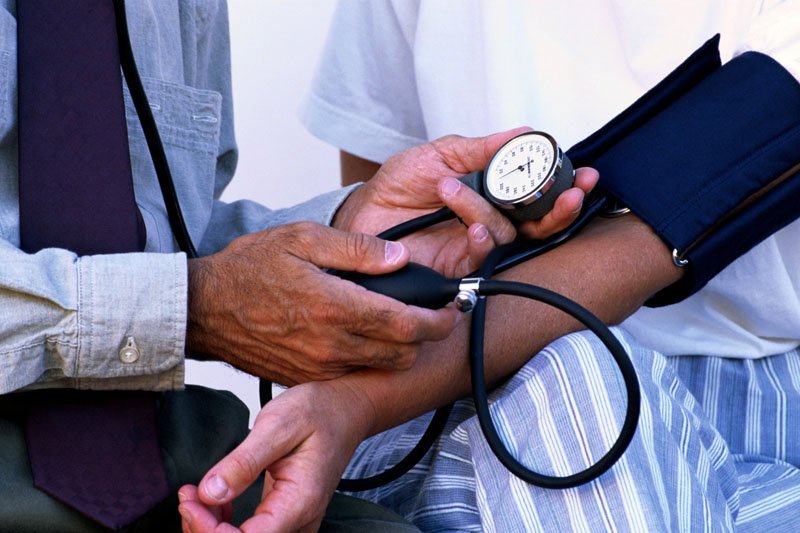Researchers say that economic inequality is as significant a risk for COVID-19 as race or ethnicity, based on an analysis of statistics. Photo by Администрация Волгоградской области/Wikimedia Commons
Jan. 20 (UPI) -- Regions of the United States with greater levels of income inequality have higher rates of COVID-19 infections and deaths, according to an analysis published Wednesday by JAMA Network Open.
Based on data from 3,141 of the 3,142 counties across the country, researchers linked income inequality to 2% to 4% higher coronavirus infection rates and 7% higher death rates.
The findings suggest that in regions where gaps between rich and poor are larger differences in access to quality healthcare could "harm population health," the researchers said.
"Income and racial inequalities are the two greatest social challenges our country is faced with today," study co-author Timothy F. Liao told UPI.
"For the consideration of the pandemic, both are important, and neither can be ignored," said Liao, professor of sociology, statistics and East Asian languages and cultures at the University of Illinois-Urbana.
A separate analysis, also published Wednesday by JAMA Network Open, found that "racial inequities" in population health, as measured by death rates and excess deaths -- the number above what could normally be expected for a given population -- increased in 20% of cities across the country between 2016 and 2018.
Although understanding these differences is important, identifying "structural drivers of [these] gaps," while recognizing the "centrality of racism in shaping health," can help policymakers better address these issues and find solutions, Liao said.
He and his colleagues focused on income inequality, which refers to disparities in the distribution of income among individuals, groups, populations, social classes, regions and countries, according to Pew Research.
The researchers measured inequality using a statistic called the Gini index, a ratio that reflects the gap between the highest and lowest household incomes in a given population.
A Gini index of 0 indicates "perfect equality," while a measure of 100 suggests maximum inequality, they said.
For this analysis, the researchers used COVID-19 case and death data from the U.S. Centers for Disease Control and Prevention and analyzed trends in these figures using population and income data from the 2010 U.S. census.
Across all counties in the United States, the average Gini index ranged from 25.7 to 66.5, according to the researchers.
Counties with higher Gini indices had 2% to 3% higher COVID-19 infection rates and 4% to 7% higher rates of deaths caused by the virus, the data showed.
Many of the counties with higher Gini indices also had higher Black and Hispanic populations, although this wasn't true across the board, the researchers said.
High levels of income inequality have been linked with "the breakdown of critical social systems and public infrastructure, including education, transportation and healthcare," according to the researchers.
Based on their findings, "racialized economic inequality, not race" is a "risk factor producing health inequities" during the pandemic, they said.
People living in areas with high income inequality have "unequal access to healthcare, unequal access to healthcare facilities, unequal access to health insurance and unequal access to health knowledge," Liao said.
Addressing this issue "requires long and concerted effort," he said.















